#victorine meurent
Explore tagged Tumblr posts
Text

~ Alfred Stevens, The Parisian Sphynx (1870) (detail)
This painting depicts French artist and model Victorine-Louise Meurent. She is mostly known as the model for many of Edouard Manet's paintings, including Olympia and Le Déjeuner sur l'herbe; however, she was a successful artist in her own right, and was accepted to the Salon of 1876 when Manet was not.
via wikimedia commons
#alfred stevens#victorine meurent#victorine-louise meurent#women in history#belgian painter#belgian artist#belgian art#portrait painting#portraiture#la belle epoque#belle epoque#fine art#painting#old painting#art history#european art#19th century art#art detail#painting detail#victoriana#victorian#victorian era#second empire#victorian painting#victorian art#19th century painting#1870s#1870s art#1870#e
44 notes
·
View notes
Text
VICTORINE MEURENT // PAINTER
“She was a French painter and a model for painters. Although she is best known as the favourite model of Edouard Manet, she was an artist in her own right who regularly exhibited at the prestigious Paris Salon. In 1876, her paintings were selected for inclusion at the Salon’s juried exhibition, when Manet’s work was not.”


3 notes
·
View notes
Photo
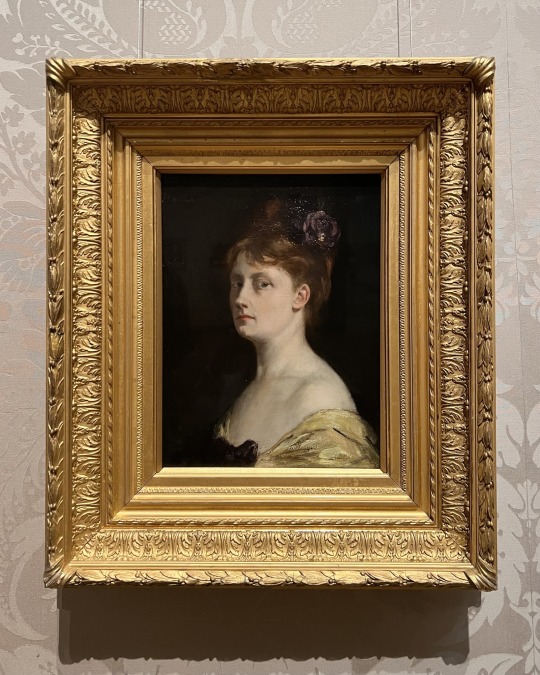
Self-Portrait by Victorine Meurent
0 notes
Text

-Victorine Meurent-
27 notes
·
View notes
Text
victorine meurent painted a self portrait and had it accepted at the Salon?????? why wasn't this the first thing he said about her then
8 notes
·
View notes
Text

MWW Artwork of the Day (8/2/24) Édouard Manet (French, 1832-1883) Young Woman Reclining, in Spanish Costume (1862) Oil on canvas, 94 x 123 cm. Yale University Art Gallery, New Haven CT (Stephen Carlton Clark Bequest)
Manet displayed "Young Woman Reclining" in March 1863 with thirteen other works at the Gallery Martinet in Paris on the boulevard des Italiens. It has been suggested that the sitter is the studio model Victorine Meurent, who posed for a number of Manet's works, including the Olympia, exhibited at the Salon of 1865. Here she wears a man's Spanish costume, an act of cross-dressing practiced in the nineteenth century by members of the flourishing demimonde in Paris out to challenge bourgeois conventions. Incorporating attributes of both genders, the model's provocative double identity mirrors the duality of her passive pose and direct, aggressive gaze.
9 notes
·
View notes
Text
Dipendenze (addiction)

La morfinomane (the morphine addict), 1899 | Vittorio Corcos (1859-1933, Italia)

The absinthe drinker, 1901 (Praga, Café Slavia) | Viktor Oliva (1861-1928, Czechia)
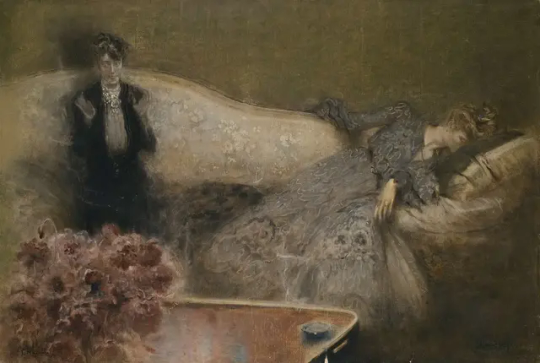
Morfinomani (morphine addicts), 1905 | Serafino Macchiati (1861-1916, Italia)

La buveuse d’absinthe, 1907 | Léon Spillaert (1881-1946, Belgium)

Buveurs d'absinthe, 1875-76 (Musee d'Orsay, Paris) | Edgar Degas (1834-1917, France)
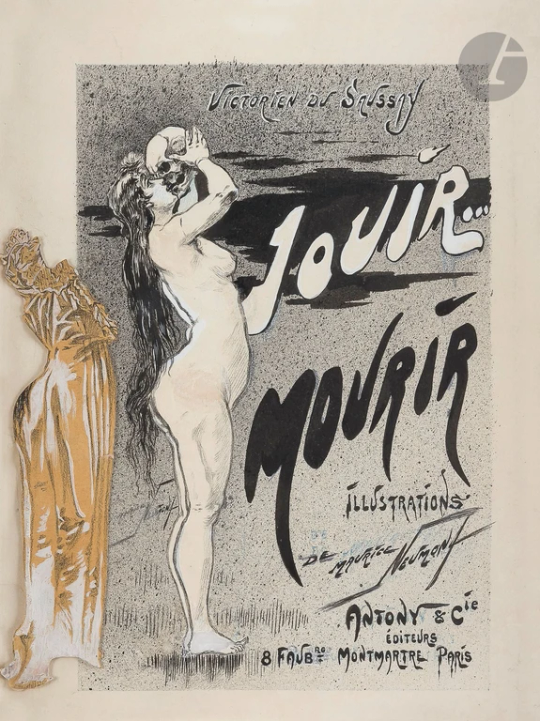
Couverture pour 'Jouir... mourir' de Victorien du Saussay (1868-1928, France), 1894 | Maurice Louis Henri Neumont (1868-1930, France)
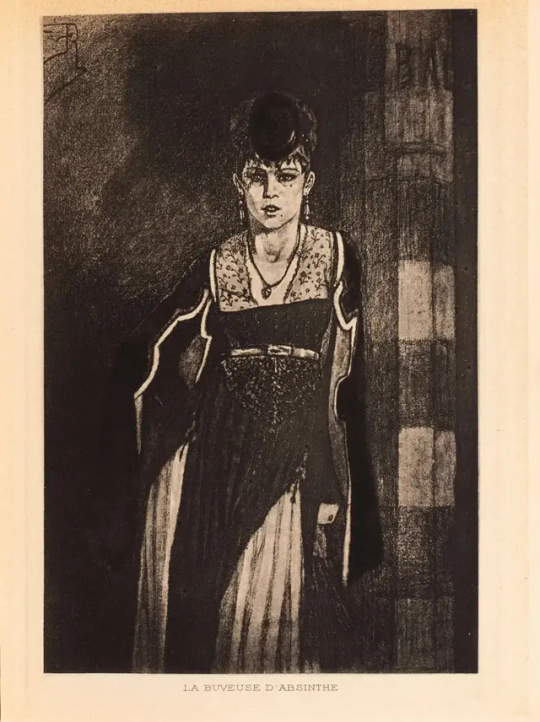
La buveuse d’absinthe, 1876 - edizione 1905 (Collezione privata, Roma) | Félicien Rops (1833-1898, Belgium)
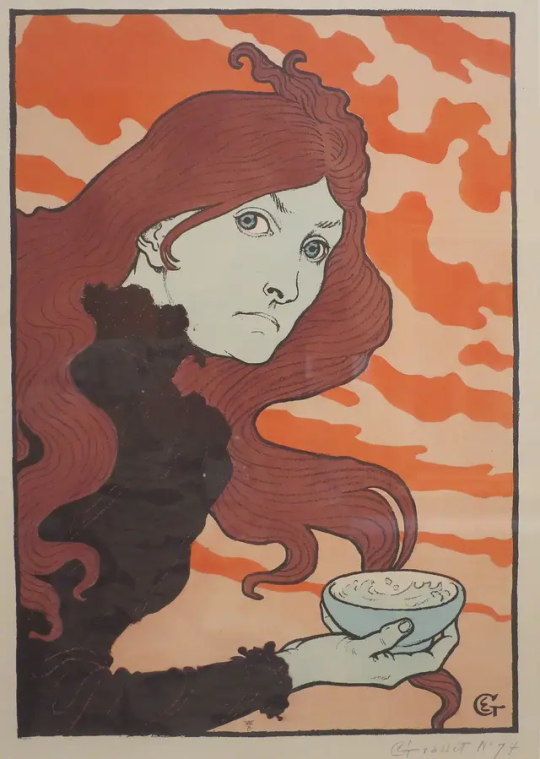
La vitrioleuse, 1894 (Van Gogh Museum, Amsterdam) | Eugène Grasset (1845-1917, France) - gli effetti dell'assenzio
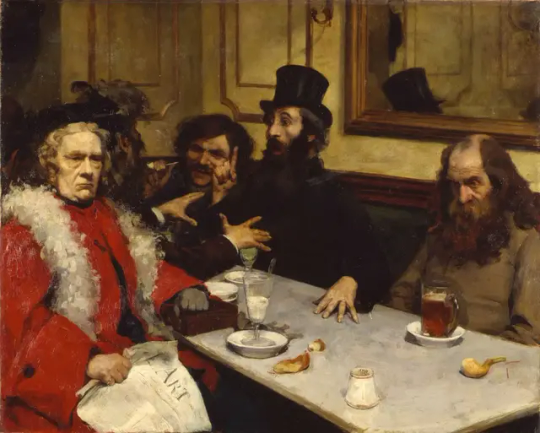
Les Incompris, 1904 ca. (Musée des Beaux-Arts, Quimper) | André Devambez (1867-1944, France) - Paul Verlaine (?) primo a dx, Victorine Meurent (in rosso) è l'Olympia di Manet 40 anni dopo
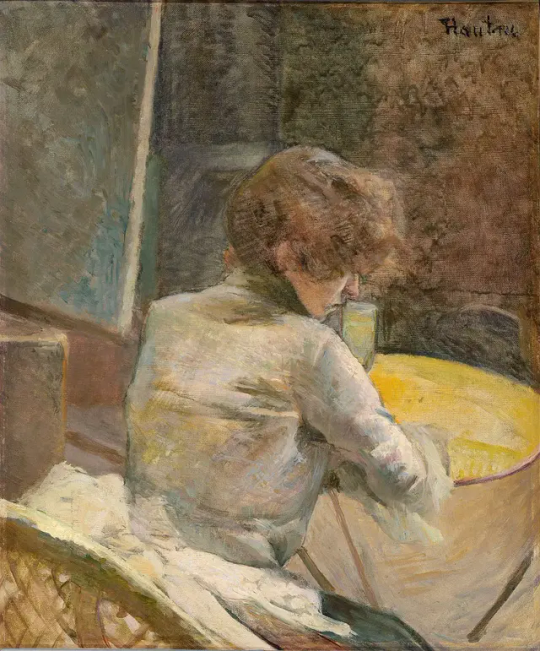
À Grenelle: L’attente, 1887 ca. (Clark Art Institute, Williamstown) | Henri de Toulouse-Lautrec (1864-1901, France) - bevitrice d'assenzio

Plum Brandy, 1877 ca. (National Gallery of Art, Washington) | Édouard Manet (1832-1883, France)

La morphinomane, 1897 | Eugène Grasset (1845-1917, France)
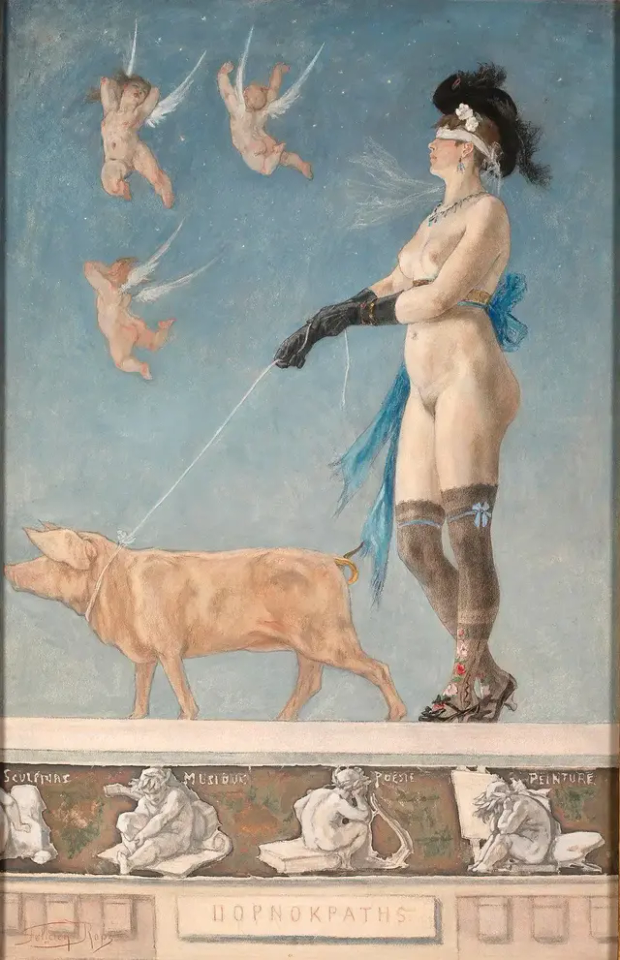
Pornocratès - La dame au cochon, 1896 (Musée Félicien Rops, Namur) | Félicien Rops (1833-1898, Belgium) & Albert Bertrand (1852-1912, France)

from 'Jugend', 1896 | Otto Seitz (1846-1912, Germany)

Opium dreamer | Catherine Abel (Australia, 1966)

L'Indemoniata (The Demoniac), 1893 | Joseph Middeleer (1865-1939, Belgium)
17 notes
·
View notes
Text
Victorine
2 notes
·
View notes
Text




Victorine-Louise Meurent
born February 18, 1844
French painter and model for painters. She is best known for her integral role modeling revolutionary paintings known as “Luncheon on the Grass” and “Olympia”. She was known to be the favorite model of Edouard Manet. She was an artist in her own right who regularly exhibited at the prestigious Paris Salon.
#art history#art#edouard manet#manet#modern art#realism#feminism#women in history#women in art#france#french history
11 notes
·
View notes
Text

Portrait of Victorine Meurent. Édouard Manet (1832-1883)
4 notes
·
View notes
Photo

“La Femme au Perroquet (Victorine Meurent)” d'Edouard Manet (1866) et "Femme sur une Terrasse" dit aussi "Femme aux Ibis" d'Edgar Degas (circa 1857-68) à l'exposition “Manet / Degas” au Musée d'Orsay, Paris, juin 2023.
3 notes
·
View notes
Photo
I love this post because the random art references in RGU drive me insane (in a good way), but don’t forget Laure!

She’s the woman presenting the flowers in Olympia, and she got cut off by the cropped image.

On a bit of a tangent here, but we know who the models in the painting are! The white woman posing as a courtesan is Victorine Meurent and the black woman playing the maid is Laure. Both were models he had worked with before, and it seems like Victorine was one of his favorites.
I’m not too familiar with Manet, but from a few quick searches it seems like Laure’s presence wasn’t often discussed until Denise Murrell brought more attention to her and other black models in her thesis “Posing Modernity: the Black Model from Manet and Matisse to Today” and her show by the same name. Lorraine O’Grady, an artist, also notably wrote about Laure in the 90s. (I’m gonna throw some links below, but I got most of this from artnet news)
Honestly one of these days I’m going to have to write about its inclusion in the show, because it’s been gnawing at the back of my head since I saw it.
(I’m too lazy to do a proper sources cited for a tumblr post today, so I’m enjoy some links for further reading/viewing)
I got a lot from this Artnet article
Murrell’s thesis isn’t officially publicly available from what I can tell but if you have access to a&aeportal there’s this, and if you’d like to see Murrell discuss it there’s this YouTube video.
Lorraine O’Grady’s paper is easy to find for free on her website (yay), so here’s that.
(Tumblr pls pls pls don’t flag me for nudity in my art history post)









Direct art references in Revolutionary Girl Utena! Ikuhara and crew work a lot of very explicit shout-outs into their work, and here are a few examples!
Adolescence of Utena, by Kunihiko Ikuhara, et al., 1999 vs. Cabbage Leaf, by Edward Weston, 1931
Revolutionary Girl Utena, episode 23: Qualifications of a Duelist. 1997 vs. Edouard Manet, Olympia. 1863
Revolutionary Girl Utena - Adolescence Apocalypse production art-work (1999) vs “Flirting.” by Richard Doyle, published in In Fairyland - A Series of Pictures from the Elf-World (1870)
Revolutionary Girl Utena, 2008 DVD Remaster vs The works/style of Junichi Nakahara, illustrator
732 notes
·
View notes
Text



Manet, Victorine Meurent, 1862. Cardi B in Rick Owens, 2024,
Christo, Running Fence, 1976
0 notes
Text

-Victorine Meurent in the costume of an Espada-
10 notes
·
View notes
Text

Almoço na Relva
Almoço na Relva ou Le Déjeuner sur l'herbe é uma das obras mais controversas de Édouard Manet. Por retratar uma mulher comum nua, fora dos tradicionais cenários mitológicos de deusas gregas e ninfas, a pintura foi vista como imoral e chocou os críticos de arte da época. Com essa criação, Manet rompeu definitivamente com o estilo realista e acadêmico.
Após ser rejeitada pelo Salão de Paris, a obra foi exibida no Salão dos Recusados de 1863.

Ao analisarmos a pintura, vemos uma mulher nua sentada sobre suas próprias roupas. Seu corpo não possui as formas idealizadas típicas da arte clássica, e ela encara diretamente o espectador, ignorando os homens vestidos que conversam ao seu redor, mostrando pouca interação com eles. Ainda assim, o simples fato de estar nua foi suficiente para causar alvoroço, sendo considerada indecente na época.
A imagem da mulher sentada é uma colagem do rosto de Victorine Meurent (1844-1927), pintora e modelo favorita de Manet.

Ao lado, encontra-se uma cesta com frutas e algumas garrafas, representando uma natureza-morta em cores vibrantes que reforça a ideia de um "almoço".

Ao fundo, vemos outra mulher vestindo o que parece ser uma peça íntima com leve transparência, banhando-se em um lago iluminado por uma luz natural que desce de cima.

O homem à direita, com a bengala, é uma referência à arte europeia. Ele está posicionado de maneira semelhante a uma das figuras da gravura O Julgamento de Páris, de Marcantonio Raimondi.

Manet também optou por não disfarçar as marcas de seus pincéis, algo que levou o público a questionar sua habilidade como pintor. Apesar das críticas iniciais, a obra tornou-se um marco da arte moderna por desafiar os padrões estéticos e morais do século XIX.
0 notes
Text

MWW Artwork of the Day (2/23/24) Édouard Manet (French, 1832-1883) Mademoiselle Victorine Meurent in the Costume of an 'España' (1862) Oil on canvas, 165.1 x 127.6 cm. The Metropolitan Museum of Art, New York (H.O. Havemayer Collection)
Manet reproduced a scene from Goya's "Tauromaquia" as the backdrop for this painting. He depicted his favorite model, Victorine Meurent (1844–1928), as though she were being photographed in costume for a fancy-dress ball, borrowing her pose from a print by Marcantonio Raimondi after a work by Raphael. X-radiographs reveal an unfinished painting of a nude beneath the surface of the picture. Meurent was a painter herself, exhibiting work in the 1870s and 1880s and at the turn of the century.
6 notes
·
View notes